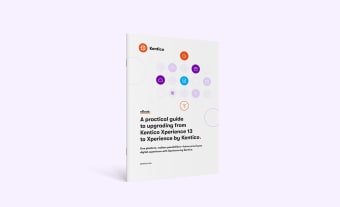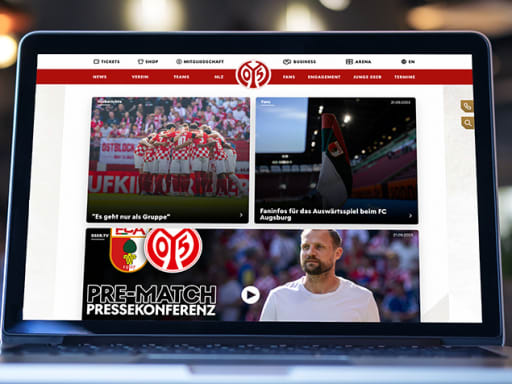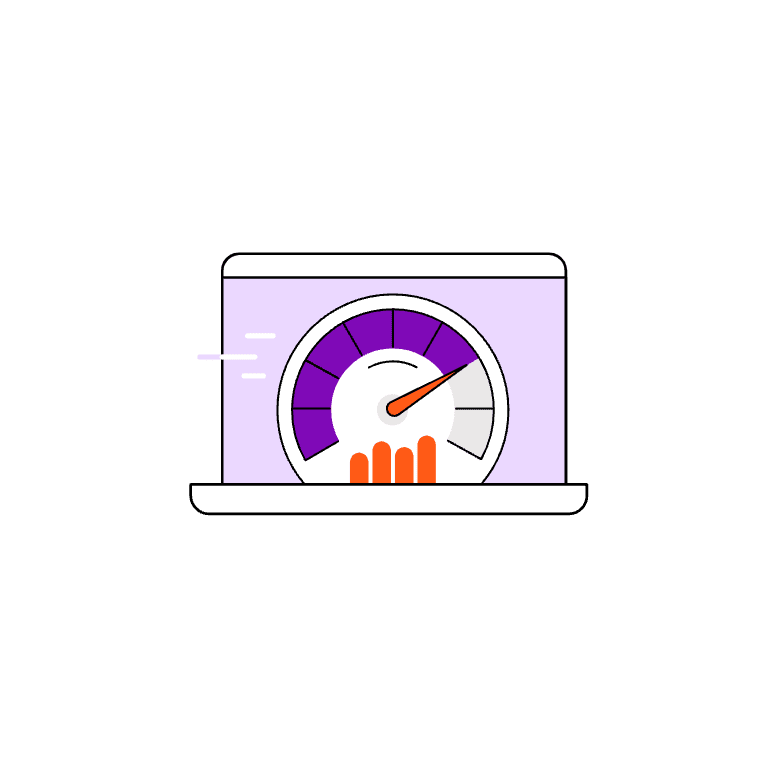Migrate to Xperience by Kentico and empower your digital success
Unlock the freedom for marketers to create and the flexibility for developers to build on a modern, scalable platform designed for today’s digital-first world
Learn how to migrateWhy migrate now?
Leave legacy limitations behind and step boldly into the future with Xperience by Kentico, a modern DXP that unites content, digital marketing, and commerce into one flexible platform.
Here's why it's time to make the move:
- Streamline and consolidate: Replace your scattered tools with a single, unified platform.
- Empower your marketers: Low-code/no-code tools give your team more freedom and speed.
- Future-proof your business: Enjoy long-term support, continuous innovation, and built-in flexibility.
- Upgrade performance and security: Experience best-in-class performance, security, and scalability for today—and tomorrow

Plan your migration with confidence
Our proven methodology and expert guidance ensure you’re supported at every stage, making your migration smooth, predictable, and stress-free.
Our approach includes:
Thorough assessment: Evaluate your current setup, challenges, and goals to shape the right migration plan.
Structured migration tools: Leverage the Universal Migration Toolkit for efficient, secure, transitions.
Detailed mapping: Identify and map content, templates, and integrations to ensure nothing is left behind.
Team enablement: Train your team so they're fully prepared and confident for a seamless go-live.

Meet our experts: Dmitry Bastron on migration
Get practical strategies and advice from an expert on migrating to Xperience by Kentico.

“While we only went live just over a month ago, the shift to Kentico is already proving to be a great decision. The simplicity, transparency, and scalability of the platform are helping our teams work smarter and deliver value faster."
What to watch out for.
Migration doesn't have to be disruptive, but the details matter. Avoid common pitfalls and set yourself up for long-term success.
Key considerations:
Go beyond lift-and-shift: Reimagine your architecture for maximum performance and flexibility.
Content audit: Clean up and sunset content to ensure relevance and accuracy.
Rethink integrations: Redesign your integrations and workflows to leverage your new stack's full potential.
SEO & performance: Safeguard SEO equity and benchmark performance to track your gains.
Read more:
Don’t wait, migrate! Ten reasons why upgrading now sets you up for growth
Expert roundtable: What to look out for when migrating your website

“Migrating 347 pages from our previous web CMS to Kentico, adhering to all the standards expected of a publicly listed company, and integrating with Salesforce + deployment to Microsoft Azure cloud—all within 3 months? Absolutely possible when you have a solid partner and a dedicated micro internal team."
Real migration success stories.
Explore how other organizations used migration as a catalyst for growth with Xperience by Kentico.
Ready to migrate?
Start strong with Kentico and our migration partners. Whether you're coming from Kentico Xperience 13 or a different CMS or DXP, we’re here to help you do it right.
Next steps:
Talk to our migration experts
Build your roadmap with the migration checklist
Join a workshop or demo to see Xperience by Kentico in action
A confident migration starts here
Talk to one of our experts and get tailored advice for a smart migration.








